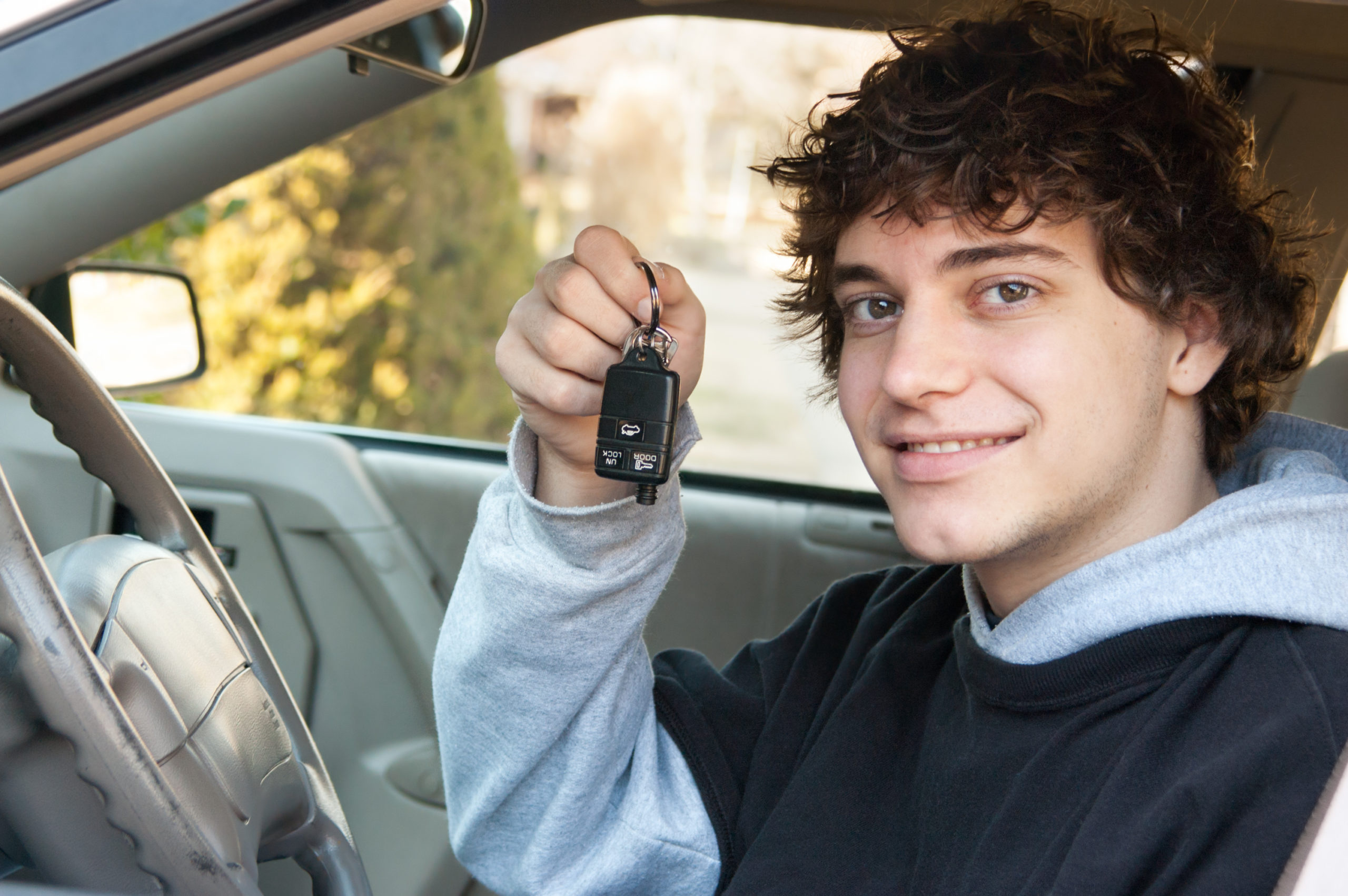
Danger Zones of Teen Driving
It’s the start of summer, which means that many teens are on the roadways due to prom and summer vacations. In fact, recently in New Jersey news there was an accident involving two teenage girls who were killed in a car after prom. The girls were reportedly coming home from a post-prom trip to Ocean City when the driver ran off of the road and struck a tree. It was found that drugs and alcohol were not at play, but instead could have been a distraction or inexperience. Unfortunately, the two young girls, 17 and 15, had long lives ahead of them and these accidents are not unheard of. So how can teen drivers stay safe? One good way to keep drivers safe is to explore the danger zones of teen driving.
How to Prevent Crashes by Teens
There are many ways that teens can keep themselves safe. One of these ways is using seat belts, as 56% of teens that died in passenger vehicle crashes in 2013 were not wearing one when the crash occurred. Seat belts are used as helpful preventative measures to reduce crash-related injuries. Another way that teens can keep themselves safe is to refrain from drinking and driving. There have been minimum legal drinking age laws and zero-blood alcohol tolerance laws put in place for drivers under age 21. Lastly, Graduated Driver Licensing Programs (GDL) is used to provide longer practice periods of driving for those who are hoping to become licensed.
Eight Danger Zones
There are “eight danger” zones in driving, otherwise known as the leading causes of teen crashes in our modern times. They are driver inexperience, driving with teen passengers, nighttime driving, not using seat belts, distracted driving, drowsy driving, reckless driving, and impaired driving. What can be done to lower the chances that accidents will happen for any of these reasons?
Driver Inexperience: Teenagers can be provided with at least 30 to 50 hours of supervised driving practice over at least six months period of time. They can also get experience on a variety of different roads and in different times of the day or weather conditions.
Driving With Teen Passengers: The crash risk goes up when teenagers drive with other teens in the car. Always limit the number of teen passengers your teen is permitted to zero or one, and stick to this rule for the first six months of their driving.
Nighttime Driving: Fatal crashes are most likely to happen at night. You should make sure that your teen is off the road by 9 or 10 p.m. and always practice nighttime driving.
Not Using Seat Belts: Always buckle up on every single trip! By wearing seat belts, you can reduce your risk of dying or being badly injured in a crash by about half.
Distracted Driving: Make sure that your teen does not participate in activities that may take your teen’s attention away from driving, such as talking on a cell phone, texting, eating, or playing with the radio.
Drowsy Driving: Drowsy driving causes thousands of crashes every year. When a teen is driving in the early morning or late at night, their risk becomes higher of falling asleep at the wheel. Your teen should always be well rested before getting behind the wheel.
Reckless Driving: Your teen should always follow the speed limit and adjust their speed to match the road conditions. In case of a sudden stop, every teen should understand that they should leave enough space on the road.
Impaired Driving: Never drink and drive, because drinking will impair a teen’s driving ability and increase risk of a crash.
Unfortunately, we have heard of many cases where teens have become seriously injured or even killed due to inexperience on the roadways. How can these numbers be lowered? Parents and guardians can reduce the number of accidents by learning about these dangers and what to do in the event that your teenager is involved in an accident.


















